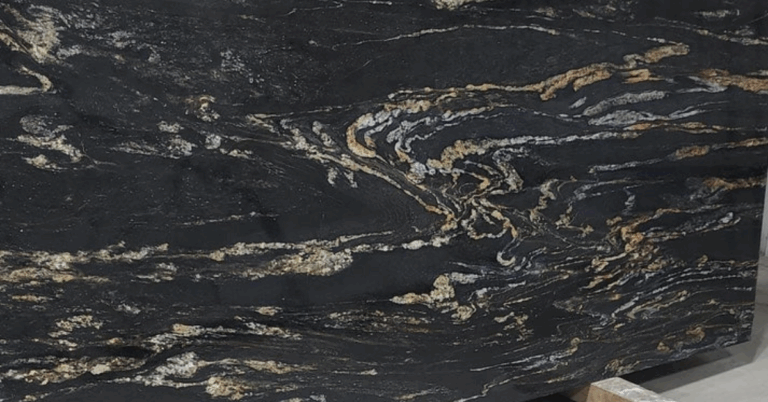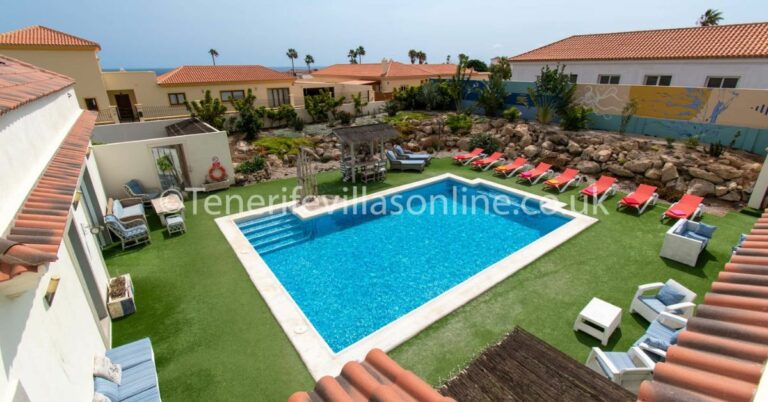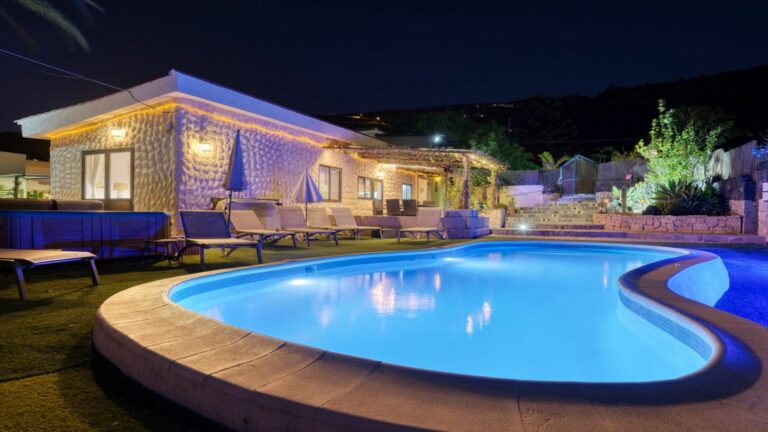Ensuring Protection and Durability: The Importance of Safety Metal Fencing in Modern Infrastructure
In today’s world, safety and security are essential considerations in both residential and commercial settings. Whether for construction sites, industrial areas, or public facilities, Safety Metal Fencing plays a critical role in maintaining protection, organization, and boundary control. Designed to be strong, durable, and long-lasting, metal fencing solutions provide a practical and effective way to safeguard people, property, and valuable assets.
Understanding Safety Metal Fencing
Safety metal fencing refers to barriers constructed primarily from materials such as galvanized steel, aluminum, or iron, offering superior strength and resistance to environmental wear and tear. These fences are designed not only to secure perimeters but also to ensure compliance with safety regulations in various industries.
From preventing unauthorized access on construction sites to delineating boundaries in factories, Safety Metal Fencing is an indispensable component of modern infrastructure. Its robust build and versatile applications make it a preferred choice for businesses and property owners looking for reliable, long-term security solutions.
Applications of Safety Metal Fencing
The versatility of metal fencing allows it to be used across multiple sectors. Some of the most common applications include:
-
Construction Sites: Temporary or permanent fencing is installed to restrict entry, ensuring the safety of workers and pedestrians.
-
Industrial Facilities: Factories and warehouses use fencing to secure perimeters and control access to restricted zones.
-
Public Spaces: Parks, schools, and government buildings rely on fencing to maintain order and safety.
-
Residential Areas: Homeowners use metal fencing for both aesthetic and security purposes, offering privacy while enhancing property appeal.
-
Road and Highway Projects: Fencing is often installed along roadsides and bridges to prevent accidents and unauthorized access to dangerous zones.
Each installation of Safety Metal Fencing serves a unique function — whether it’s ensuring workplace safety, enhancing property aesthetics, or complying with legal requirements for controlled access.
Advantages of Using Metal Fencing for Safety
One of the main reasons for the growing popularity of metal fencing is its durability and adaptability. Here are some key advantages:
-
Exceptional Strength and Longevity:
Metal fencing, particularly those made from galvanized steel or aluminum, is resistant to impact, corrosion, and harsh weather conditions. This ensures years of reliable service with minimal maintenance. -
Enhanced Security:
The rigid structure of metal fences acts as a strong deterrent against trespassing, theft, and vandalism. Many designs also include anti-climb features to increase security levels. -
Customizable Designs:
Safety Metal Fencing can be tailored to suit specific site requirements, including height, material type, and color. This customization makes it suitable for both functional and aesthetic purposes. -
Low Maintenance:
Unlike wood or plastic fencing, metal fences require little upkeep. A simple cleaning routine is usually enough to maintain their appearance and functionality. -
Environmental Sustainability:
Most metal fences are made from recyclable materials, making them an eco-friendly option for modern infrastructure projects. -
Cost-Effectiveness:
Although the initial investment may be higher than some other materials, metal fencing offers long-term savings due to its extended lifespan and low maintenance costs.
The Role of Safety Metal Fencing in Construction and Industrial Settings
In high-risk environments like construction sites and manufacturing plants, maintaining safety standards is a top priority. Metal fencing provides a secure way to control site access, minimize hazards, and comply with safety regulations.
Temporary fencing systems can be easily installed and dismantled as needed, making them ideal for construction projects. On the other hand, permanent fencing solutions offer robust, long-term protection for industrial zones. By preventing unauthorized entry, these fences reduce the risk of accidents, theft, and liability issues.
Furthermore, many companies now prefer modular Safety Metal Fencing systems, which can be expanded or reconfigured as the site develops. This flexibility allows project managers to adapt to changing needs without compromising safety.
Design and Material Options
Modern safety fencing is available in a wide variety of designs and finishes to match specific requirements. Common materials include:
-
Galvanized Steel: Highly durable and corrosion-resistant, ideal for outdoor use.
-
Aluminum: Lightweight, rust-free, and easy to install.
-
Welded Mesh Panels: Provide visibility and airflow while maintaining security.
-
Chain-Link Fences: A cost-effective solution for temporary or semi-permanent applications.
Each type of Safety Metal Fencing offers unique benefits depending on the intended use, location, and level of security required. For example, welded mesh panels are suitable for construction sites, while decorative wrought iron fences enhance the look of residential properties.
Compliance and Safety Standards
In Singapore and other regions, fencing installations must adhere to strict safety and construction regulations. Professional suppliers and installers ensure that every fence meets local standards for height, stability, and durability. Compliance with these guidelines not only ensures public safety but also helps avoid potential legal issues.
Choosing a reputable supplier guarantees that the Safety Metal Fencing you install is manufactured from high-quality materials and built to withstand environmental conditions. It also ensures that the installation process is handled by trained professionals who follow the best industry practices.
Maintenance and Longevity
One of the standout benefits of metal fencing is its minimal maintenance requirements. To extend its lifespan, regular inspections should be conducted to identify signs of wear, rust, or damage. Applying protective coatings or paint periodically can further enhance its resistance to corrosion.
Since metal fences are designed for long-term use, investing in quality materials upfront pays off over time. Properly maintained fencing can last decades without needing major repairs or replacements.
Why Choose Professional Installation
While DIY fencing installations may seem cost-effective, professional installation ensures precision, safety, and compliance. Expert installers assess site conditions, recommend suitable materials, and ensure that the fencing is properly anchored and aligned. This results in a more durable and aesthetically pleasing outcome.
Additionally, professional installation of Safety Metal Fencing often includes warranties and after-sales support, giving clients peace of mind knowing their investment is protected.
Conclusion
Safety metal fencing is more than just a boundary marker — it is a crucial element in maintaining security, organization, and compliance in various environments. Its strength, adaptability, and long lifespan make it one of the most reliable safety solutions for construction sites, industrial facilities, and residential properties alike.
By choosing the right materials, design, and installation partner, you can ensure that your fencing system delivers maximum protection with minimal maintenance. In an age where safety and durability are non-negotiable, investing in Safety Metal Fencing is a smart and future-proof decision that upholds both functionality and peace of mind.







